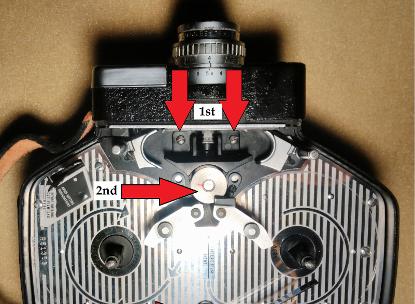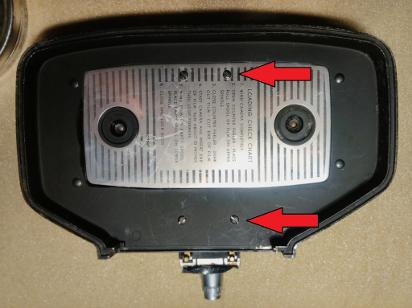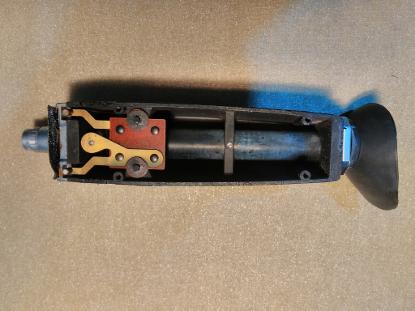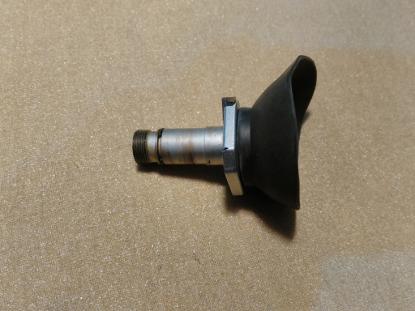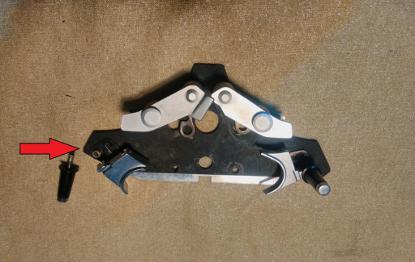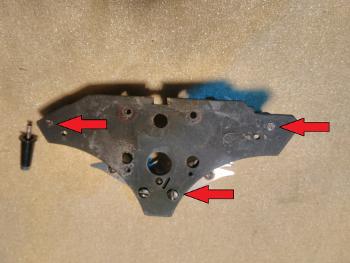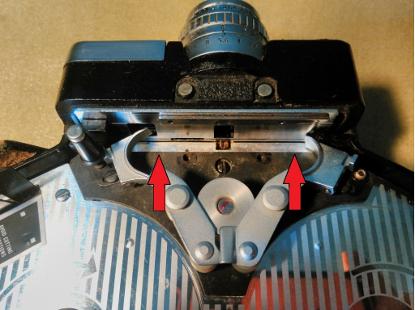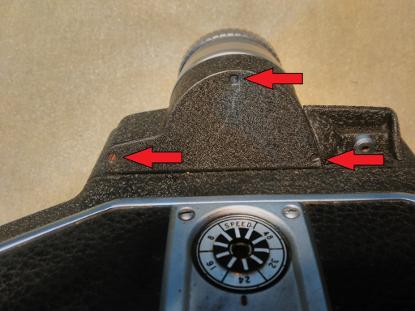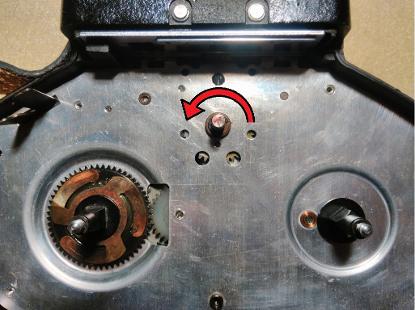Mishkin Productions "Using 16mm" page - Many handy links to Bell & Howell cameras
Lubrication: Prospective
D.I.Y lubrication should be researched well, as some cameras have very
specific
requirements, requiring specific oil and/or grease. If you do not know
what is needed, stop until
you know. Do not use automotive
products, or petroleum based greases as some plastic parts may “melt”.
Lubrication of this camera was done using
a “Q” tip, or ear bud dipped in light oil, and gently dabbed where
needed. Excess oil was wiped off. Lubrication should only be used
sparingly on
areas where metal parts rub against each other, such as bearings or worm
gears. Gears that only touch other gears via teeth will not need
lubricant. Plastic gears or moving parts may require
lithium grease, or similar.
Note: As with all equipment such as old cameras, a qualified service person is ideally the first stop when owning a camera. If, however, a person is moderately confident and not heavy handed, basic maintenance will assist in keeping the camera running long enough for you to enjoy using it and then save up money to get it serviced.
CAUTION! When working on a spring winding camera always ensure the spring is run down entirely. Not only is it potentially dangerous to work on anything with a coiled spring inside, the camera motor accidental running a few hundred frames could mess up your marking needed for reassembly.

|
Bell & Howell 240EE user manual.pdf Size : 1486.992 Kb Type : pdf |
